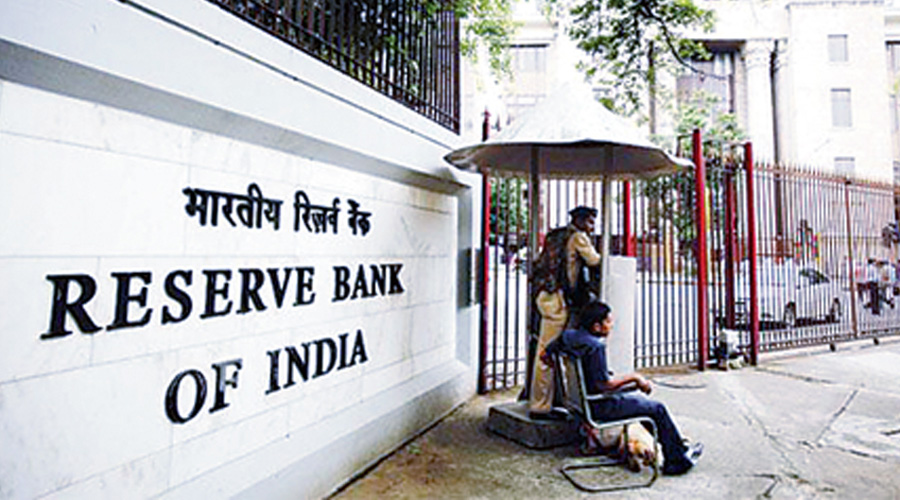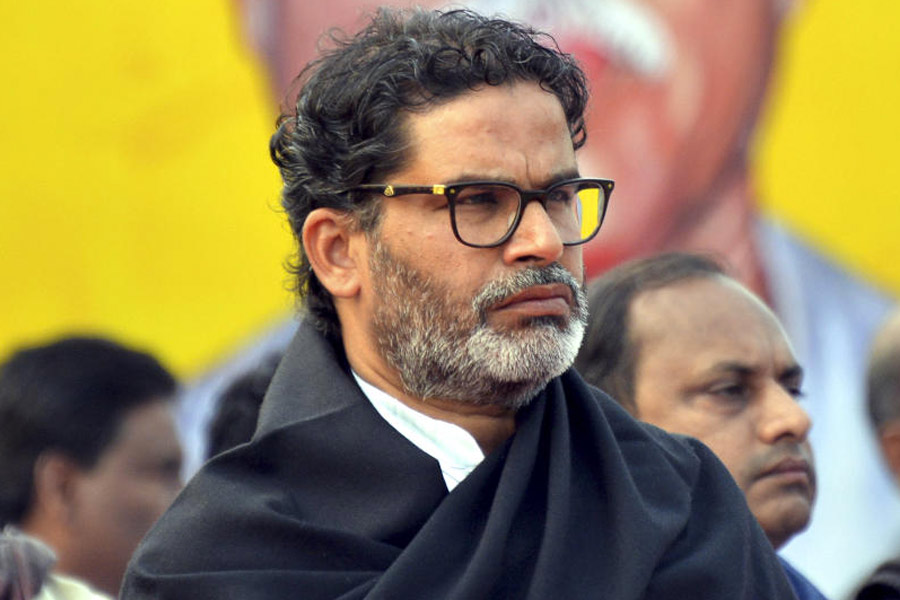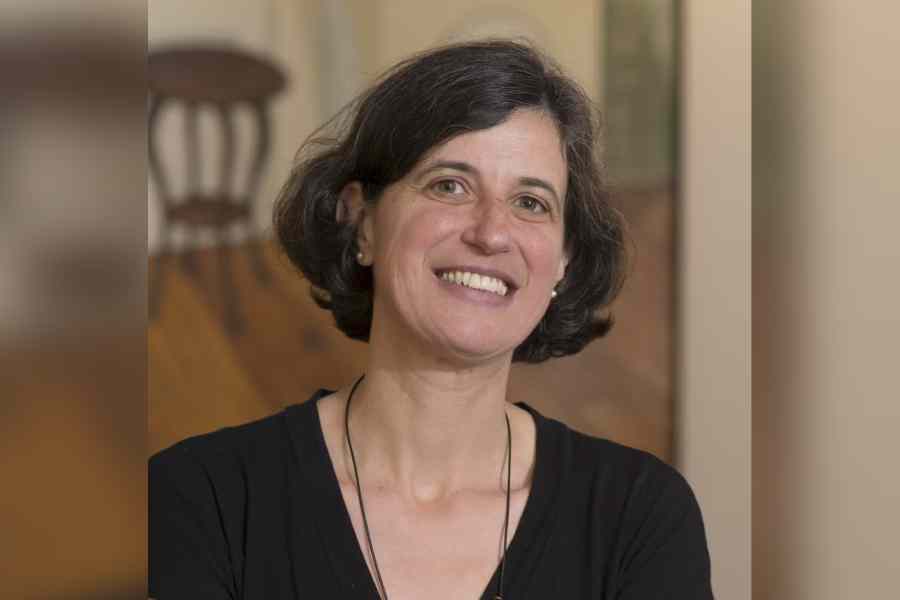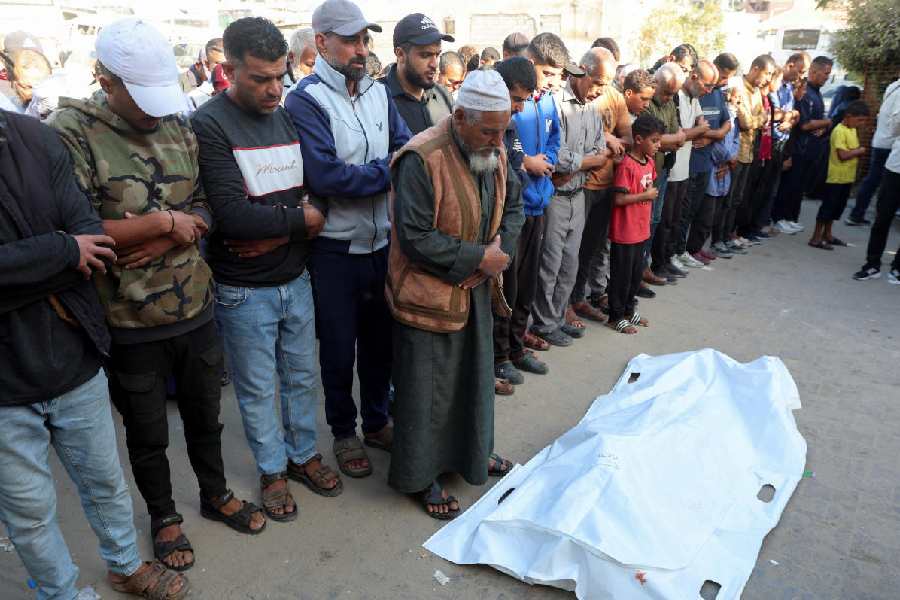A deputy-governor of the Reserve Bank of India has recently claimed that monetary policy in India is financially inclusive by design, implying that people at the bottom of the income and wealth pyramids have increasing access to formal banking finance. The index of financial inclusion has risen from 49.9 in March 2019 to 53.9 in March 2021. The deputy-governor has gone on to claim that as more and more people become linked to the banking system, inflation will be easier to control and output volatility would be reduced. When inflationary pressures push prices up, the RBI reacts by raising interest rates. This reduces the demand for credit and also induces people to save more and spend less. Without financial inclusion, poor people become constrained by rising food prices adversely affecting their incomes and purchasing power. All this might be true to a certain extent. But the claim by the deputy-governor requires some uncluttering to reveal the real extent of financial inclusion in India.
Financial inclusion still has a long way to go before the full economic benefits can be obtained. This is especially true for the poor in the rural and farm sectors. Financial inclusion, whatever progress it has made so far, is far from being active in economic transactions. There are innumerable accounts that have been opened but are inoperative, with a paltry minimum balance maintained in them. The banking sector’s formalities, paperwork, procedures as well as the attitude of officials remain overwhelming for most ordinary people. Therefore, the task to go to the bank and conduct transactions remains formidable. If it is challenging to deposit and withdraw funds — the most basic of banking operations — then one can imagine the difficulties that are encountered by these people in getting credit. The regulatory requirements are tedious — even frightening — for the ordinary, possibly illiterate, farmer, sharecropper or landless worker, even though the idea is to make them as tight as possible to deter opportunistic behaviour at the field level and minimize non-performing assets in the risky business of lending to the poorest of the poor. Despite the impressive growth of self-help groups and active efforts at linking these groups to banks, the results are far from satisfactory if one were to go beyond the mechanical statistics of the number of new accounts opened. To call this inclusive monetary policy through conscious design may be a bit premature. Monetary policy has a long way to go before it can provide reasonable stability to livelihoods and incomes.











